|
This is a continuation from Training in Japan Part 3: Attending Budo Classes This section will be a little more relaxed. I'm going to offer some perspective from my travels to Japan, lessons learned, using the trains, places to visit, things to do, and the like. This will also be where I show the recommendations for putting your budget together based on how frugal you want to be or how much fun you want to have. Disclaimer: This blog post is intended for use as a reference. It is based on my personal experiences. No part of this blog can be or should be taken as legal, medical, or other advice. At the Airport: Things you may want to do before you leave the airport--get mobile internet access, convert your dollars to Yen, and figure out your travel via train to where you are staying. But first, when you leave immigration and go into customs to get your luggage, there are luggage carts. These are free to use. In the USA you usually have to pay for these, but not in Japan. Use them, they make things so much easier! I highly suggest getting a form of mobile internet access, if for no other reason than to help you navigate using Google maps and a train schedule app. You can get free internet in the airport, so you can get the train app from the app store, you can even get the app before leaving the USA. Just do a search for a Japan Train App or Rail App, then you can much more easily figure out how to navigate where you want to go. There are kiosks all over the airport where you can rent either a mobile hotspot, or a SIM card for unlocked cell phones. The SIM card is far cheaper if you have a phone it can work with. If not, get the hot spot, it is still worth the expense to never get lost! You will also see bank kiosks that will convert your foreign currency into Yen. There are other ways to get Yen though. If you have an account with a large bank like Wells Fargo, you can order Yen ahead of your trip. This is very convenient. If you find a Seven Eleven bank ATM in Japan (they are all over honestly) you can use your ATM card to pull Yen directly from your account. This costs a bit more since you pay the ATM fee plus a foreign currency conversion fee to your bank, but it's not that much more and is also very convenient if you find you are running low on Yen. You will be carrying a lot of Yen bills on you at all times because Japan is a highly cash-dependent economy. You will hardly find places to use a credit card. Hotels and larger restaurants are the extent of businesses that accept credit cards. So, having a money belt is not a terrible idea to keep your Yen safe. Be careful how you fold your bills, don't wad them up. You'll notice most Yen bills are crisp. The Japanese people take pride in their currency. If you hand over a wadded up, overly folded, or soggy bill, you are certain to get a sour look from the person you are interacting with. Now that you are ready to leave the airport, you can go into the connected train station. There are several rail lines to choose from and an attendant from any of them will help you figure out what line to take to reach your destination. Some lines offer better options than others. Your newly downloaded app will also help pick the best route. I like riding the Shinkansen for just a few more dollars. You get a reserved seat, have air-conditioning in the car, a place to store your luggage, and a try table like an airplane if you buy an Ekiben (bento box for trains, see above) at the train station before boarding to eat lunch/dinner. You will still have several connections to make on your way to either Kashiwa or Noda, so plan accordingly. Also, you may want to get a Suica card. Suica Card: Remember when I said Japan was a cash focused economy, making credit card readers very rare? Well, an easy way around always using cash and coin is to get a Suica card at a train station ATM-like machine. It is a quick swipe card originally for riding the trains that has grown in popularity to be accepted at most convenience stores also and some grocery stores. I've heard that in the last few years, Suica is accepted in even more places now. It is a cash card, no PIN, no signature or anything like that. So, if you lose it, you lose the money associated with it, so don't load too much on it at one time. Got to a machine in the train station that shows the Suica card logo (there is also another one just like it called Pasmo. I've always used Suica with no issues, usually they are both accepted in all the same places). Selected getting a new card. It will charge you ¥500 (about $5) for the card itself the first time, fully refundable at the end should you wish. You load it up with money, literally inserting cash into the machine, and it loads it onto the card's account. Anytime you go through a train turnstile you swipe the card on the reader (you don't even need to take it out of your wallet. My trick is that I keep it in my phone case so I just swipe my phone over the turnstile's reader). It debits the amount of your ride off the card. So much easier than getting a ticket every time (which you can still do at the machines). The benefit of the Suica card is that you swipe when you go through a turnstile, then swipe again as you leave the turnstile at your destination. It debits what you would have paid for a ticket. When buying a ticket, you have to select which station you are going to so it can charge you correctly. Don't miss your station or decide to change plans and get off early or take a transfer somewhere else. When you use the Suica card to buy snacks at Family Mart or Seven Eleven, it debits your card the amount for the snacks. When your card is running low (every screen where you use your Suica will show two numbers, how much was taken out, and how much is left in the account) go to another machine at a train station, insert the card and load it with more Yen. At the end of your trip, when you get off the train at the airport to head home, you can return the Suica card to a machine. It will give you all your Yen back that was on the card as well as the ¥500 you paid for the card. Me, personally, I just keep the card. It saves me a step, the money on it is still on it for my next trip, and I go to Japan often enough to make it worth keeping it. If you aren't sure you'll be back again, I'd recommend turning in your card and getting all the money back. Budget: To start with, I'm going to give you the advice I was given by a friend and fellow sensei regarding budgeting for Japan. After your flight, if you plan for $200 per day in Japan, that will be enough for your hotel, trains, food (eating some meals in the hotel room and the rest at restaurants), daily training fee for classes, and to do a little bit of sight seeing and buying souvenirs to take home. I've personally found this to be great advice for budgeting. If I follow this advice, I feel like I have plenty with some careful budgeting. I have an excel spread sheet I made that helps me keep track of how much I have spent and how much I have left. I usually save my souvenir shopping towards the very end of the trip to determine how much and how nice of items I can buy to take home. This is the perfect budget for training every day you are in country (minus the day you fly in and the day you fly out because you likely won't have time for classes those days) and doing some local sightseeing and fun stuff. If your goal is to do a lot more sight seeing, you will need to factor more into your budget. A train ride to Kyoto or Nagano will be several hundred dollars just for the ticket. The train ride will be lengthy, so these aren't really day trips. You will probably need to get a hotel there, and they may be more expensive in those cities. My recommendation is to do the training you want to do, and then go to one of these destination cities for the rest of your trip. Don't bounce around too much, you'll spend too much of your time on the trains and spend a lot of money doing so. If you want to be a lot more frugal and really do a budget trip, that is possible also. That is where the costs of things I've listed in this series of posts will be valuable for prior proper planning. First, figure out your flight situation. Use Google Flights to help get the best flight price for the time frame you want to travel. Then, decide what form of lodging will be the cheapest, factoring train fare in relation to the dojo. To save money on food, you can bring a jar of peanut butter and jelly. As long as they haven't been opened yet, you shouldn't have an issue. Buy a loaf of Milk Bread (so good!) at a grocery store, and make a simple lunch in the hotel room. At the grocery store, you can get a few cups of instant ramen, in Japan it is seriously so good, for a few dollars each. I buy a couple bags of shredded veggies in the produce section to keep in my fridge so I can add some fresh veggies to my ramen cups. I'll also get some fresh fruit and yogurt to keep in the fridge. You can eat pretty frugally bringing some shelf stable food from home and supplementing it with food from the grocery store. However, you may be surprised at just how affordable Japanese restaurants actually are. Still more expensive than eating in the hotel room, but very reasonable. Vending Machines: If you know anything about Japan, you likely have heard there are a lot of vending machines. Literally, vending machines are everywhere. I seriously can't over explain how prevalent vending machines are in Japan. You can grab an ice cream or a drink just about anywhere you are in Japan. Because of how humid Japan can be, and very hot in summer months, you will want something refreshing from time to time, especially something that will help replenish electrolytes. Pocari Sweat and Aquarius are the two most popular electrolyte drinks. They taste exactly the same to me. And I LOVE them. Seriously, they are sooooo refreshing on a hot day. The vending machines have tons of other drinks too. I like trying the strange juices and sodas they have. Each machine is owned by a different bottling company, so you won't find the same offerings in every machine, but that is part of the fun. Garbage Cans and Eating on the Go: You will not see public garbage cans in Japan. Sometimes a vending machine will have a slot for recycling your drink bottles (like the one in the picture above to the right of the machine), but that is about it. It is socially expected that people will take their garbage home with them. One thing you'll notice in Japan is just how clean the country is. Litter is super rare to see, so this expectation is generally followed by Japanese citizens. If every you see litter, it is very likely from some disgruntled tourist just tossing their garbage, frustrated that Japan is not like their country. Also, it is not exactly taboo to eat while walking on a sidewalk, but it kind of is actually. You'll notice that when someone gets a snack in a Family Mart or Seven Eleven, they stand outside the door and eat it while standing there. They won't eat it while walking. And you definitely don't eat food on a train. The only exception to that is a train where you have your own assigned seat with a food tray, the kind you find on the Shinkansen. Awesome Food and Snacks: One of the best things about Japan is the food. But not just the obvious things like real sushi and ramen. Their snacks are so awesome and unique! This ice cream waffle shown below is one of my favorites. Be aware, you want the one that shows the chocolate in the middle, there is another one just like it with just the vanilla ice cream. I love the crispness of the thin frozen layer of chocolate in this one. Other perennial favorites for me are Cheese Mushy Cake and also Melon Pan. Take the time to try new foods in Japan. Be adventurous, and enjoy! If you get a chance to buy food from a vendor, do it! From filled crepes to sweat potato or melon soft serve ice cream, tako yaki, yakitori, fresh baked pastries, pulled pork inside a Melon Pan bun, and more--the open air vendors are where it's at! Things to do: This is actually going to be a hard section to write because there is sooooo much to do in Japan when you aren't training. Do you plan to stay in Tokyo, visit rural areas, or visit other tourist destination cities like Kyoto, Hiroshima, Nagano, Osaka? That would change my advice. I'm going to assume that you are staying near Tokyo since you are planning to do some training in Noda. So, my list of suggestions of things to do will mostly be things in and around Tokyo. And there are more things than this, this is just what I've done or what friends of mine have done on their trips: Tokyo Dome adventure park in Suidobashi (this is also where the sword shop is located I speak often about and where the Gi shop is we frequent), Tokyo Disney, hike Nokogiri, aquariums, Uedo Zoo, museums, Samurai castles, Imperial Palace grounds, Shinshoji Temple and open air market in Asakusa, and so much more! Just be sure to plan enough time for your visits with train ride time to make sure you make the training classes in the dojo you intend to make. Fighting Jetlag: First, let me say to ask your doctor before trying this, or any other, trick to fight Jetlag. I am not a doctor, this is just something I figured out and I am simply sharing my personal story with Jetlag. This is not a suggestion for you to try it. Jetlag is a very real thing when you travel to Japan from the USA. It's not just the time spent away and traveling. It is the drastically different time zone. When it's night in Japan, it is daytime in the USA and visa-versa. I travel a lot for my day job and I've never had jetlag flying in the USA so I wasn't too concerned my first trip to Japan, especially since I didn't sleep on the plane ride over. I figured I'd be so tired that I would sleep great that night. I fell asleep right away in my hotel room, but my body treated it like a nice afternoon nap. I was awake again in two hours and not sleepy. I took a Unisom I had brought with me and 40 minutes later I was asleep again, but woke up in the morning feeling like crap. The next year, I had a new system figured out. I still stay away during the flight to Japan. That night, 30 minutes before I want to be asleep I take a low dose melatonin pill, then I take half a Unisom when I lay down. The Melatonin helps to reset my circadian rhythm, the Unisom helps keep me asleep for eight hours, otherwise I wake up after four hours with just the Melatonin by itself. The second night I take a smaller Unisom portion, full Melatonin. Third night half a Melatonin, and a smaller Unisom. On the fourth night I may not need anything more, I base it on how I'm feeling that night. This has drastically reduced the effects of jetlag. I do the same thing coming home from Japan. The return trip is the hardest, even with my trick. But the trick does help immensely. Again, I am just sharing my story, not giving advice. Please speak with your doctor before trying my, or any other, trick to fight jetlag.
Happy travels! Continue reading this series with part 5, etiquette
0 Comments
Your comment will be posted after it is approved.
Leave a Reply. |
AuthorShane Sensei is a licensed Shidoshi in the Bujinkan and member of the Shidoshi-Kai. He has trained in the Bujinkan since 1998 and regularly travels to Japan for training. Archives
February 2024
Categories |
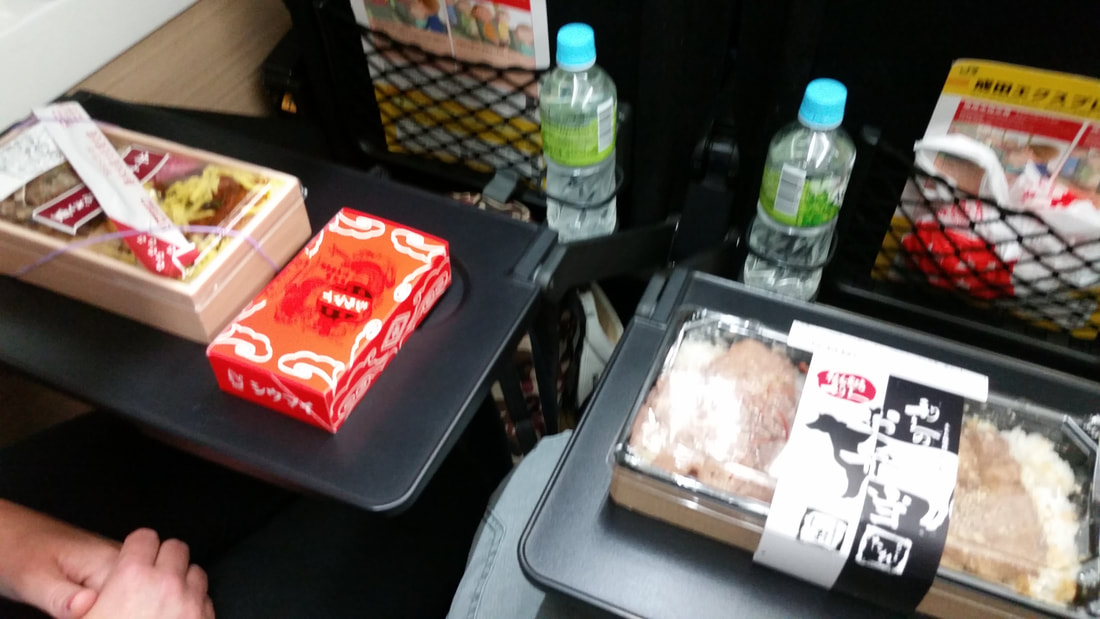
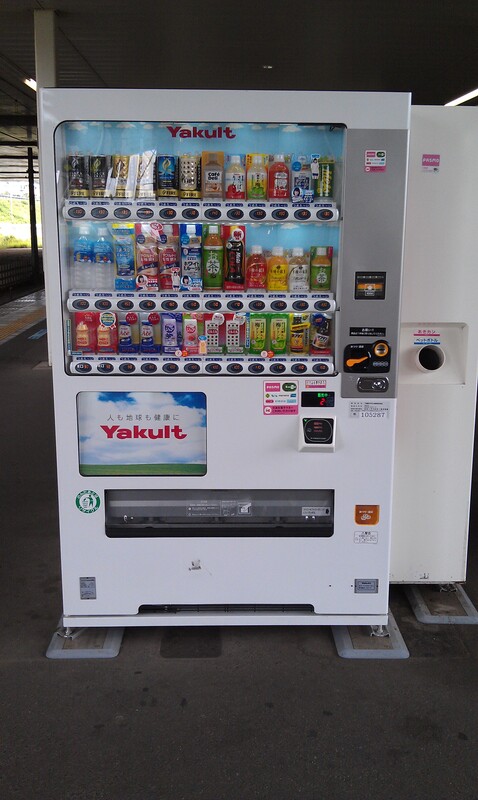
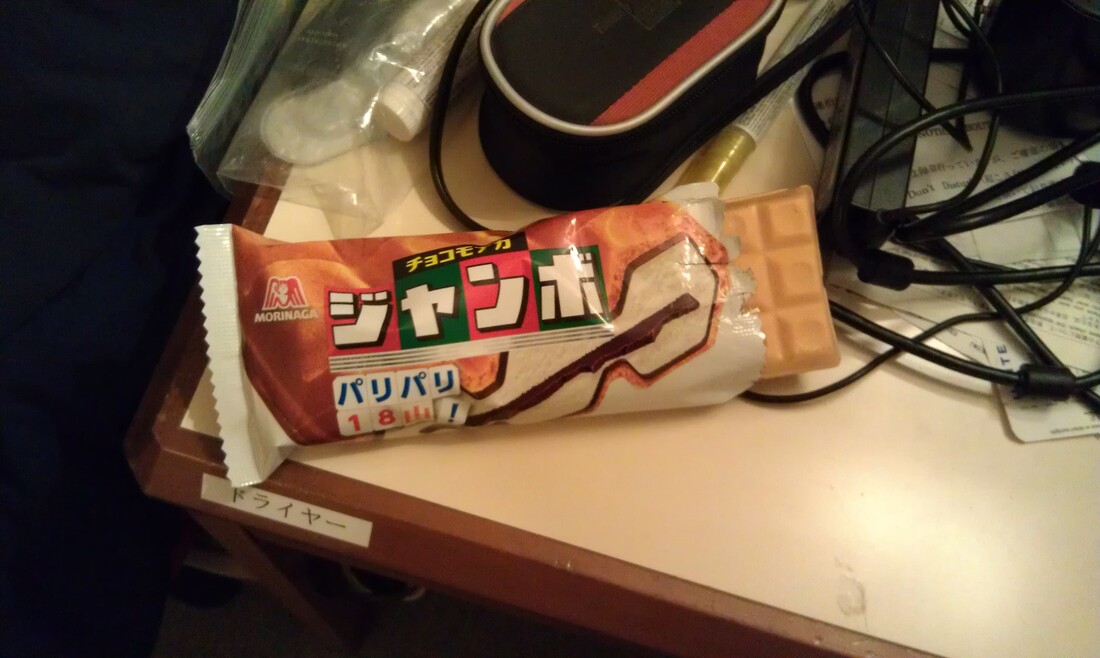
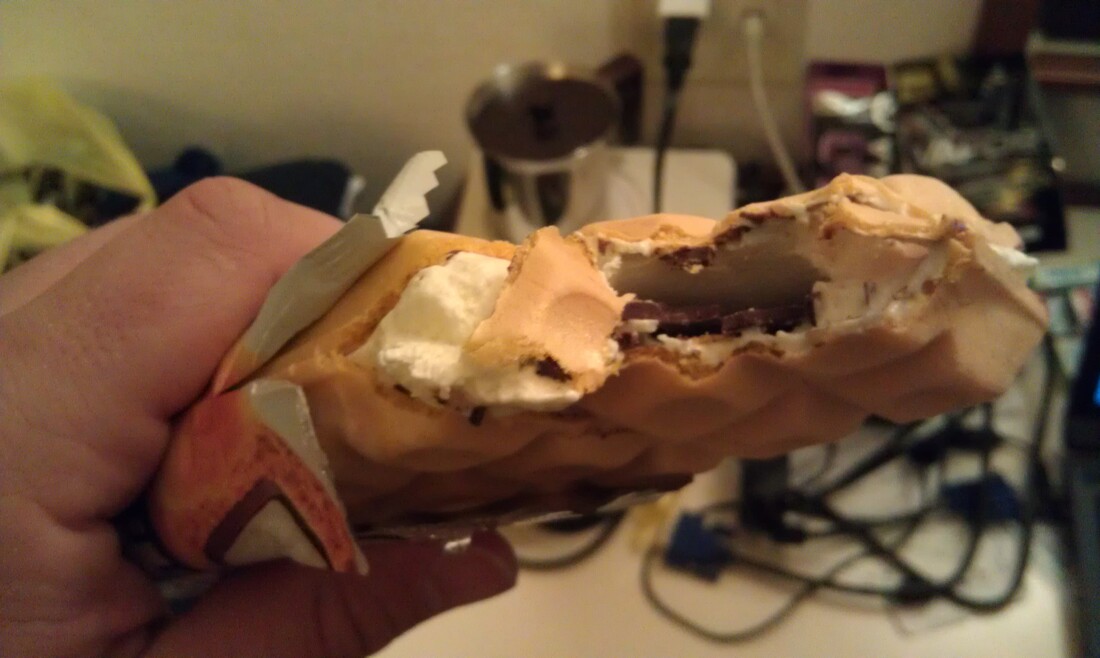
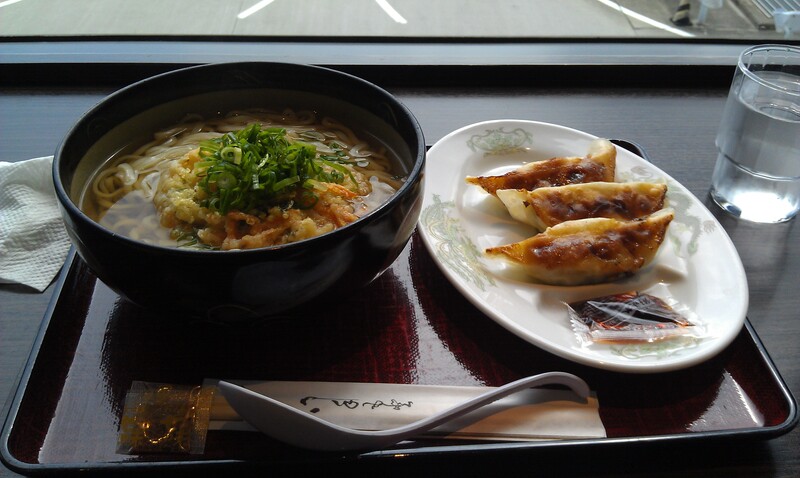
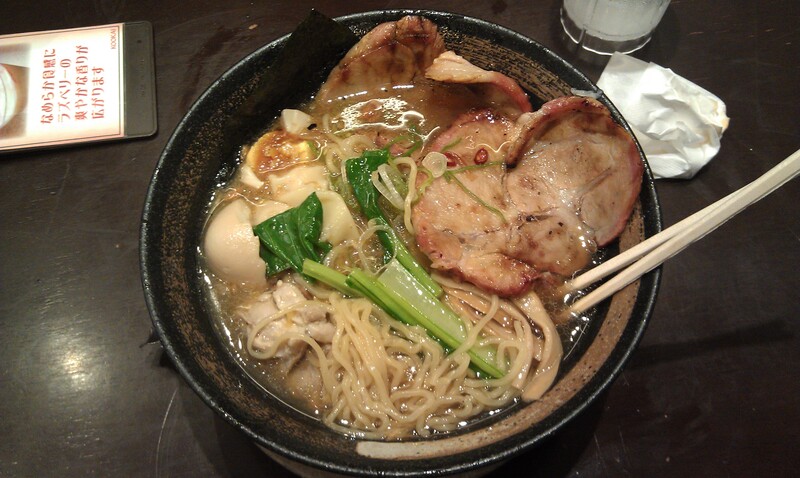
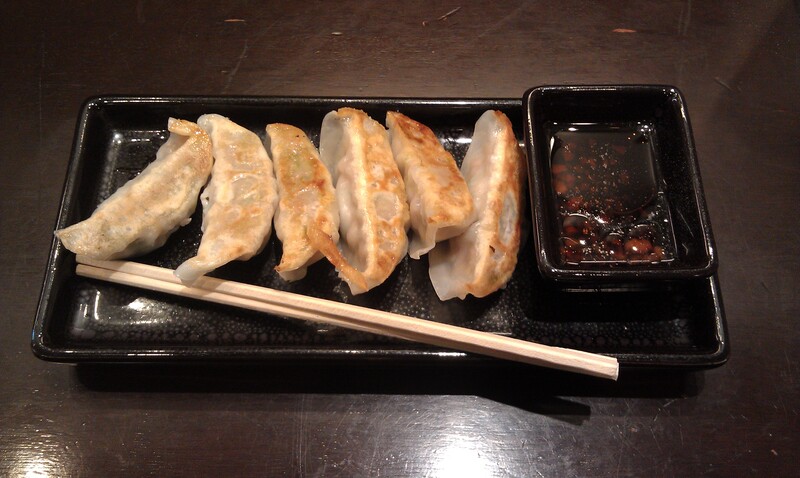

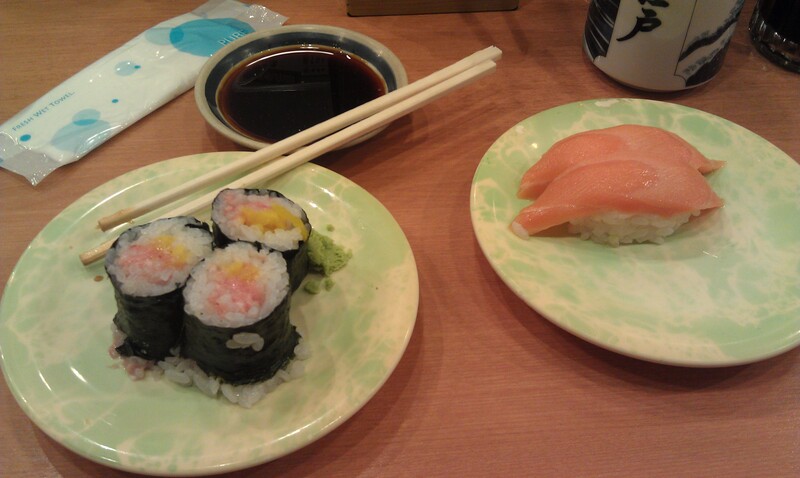
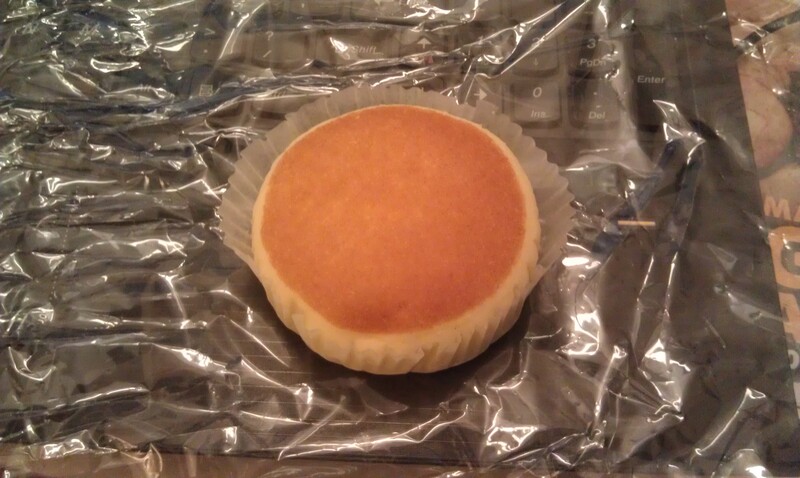
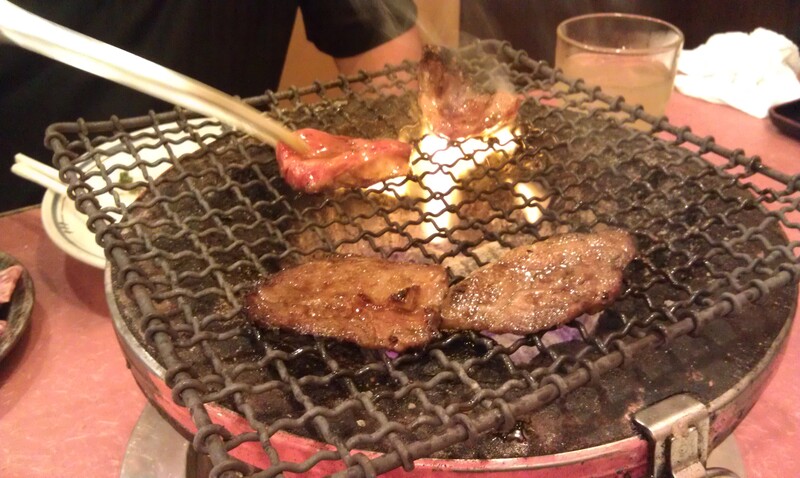
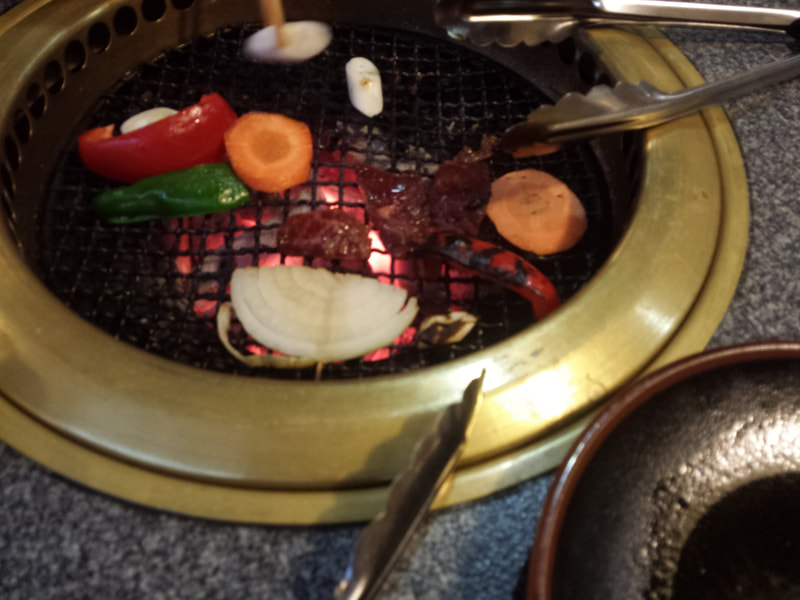
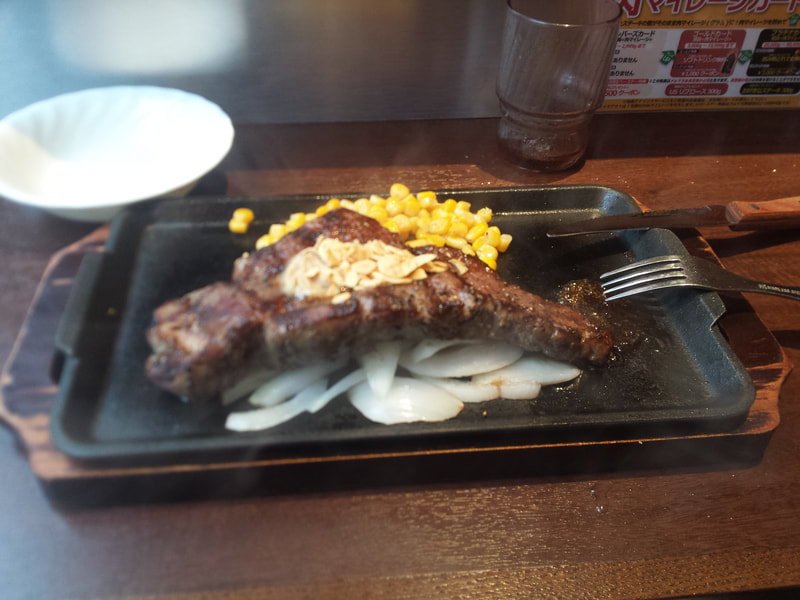
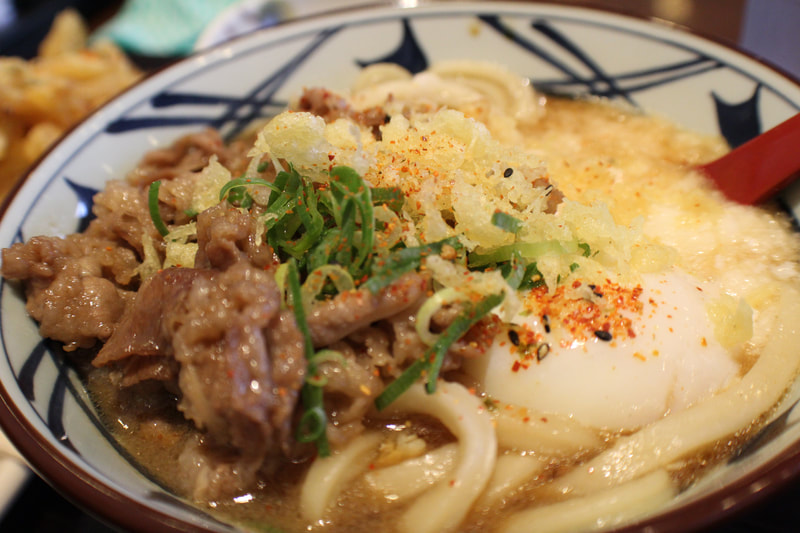
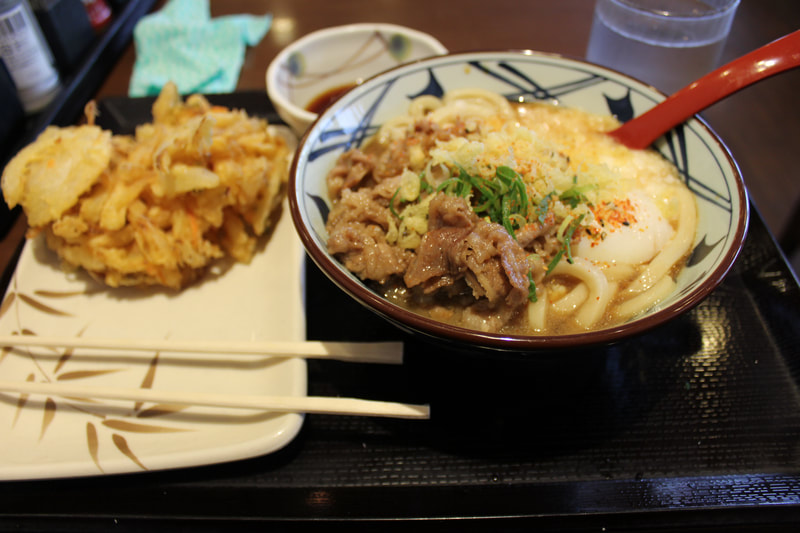
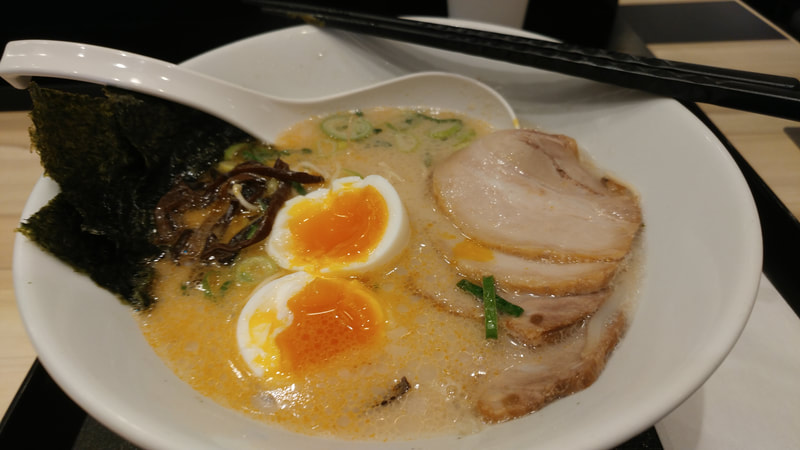
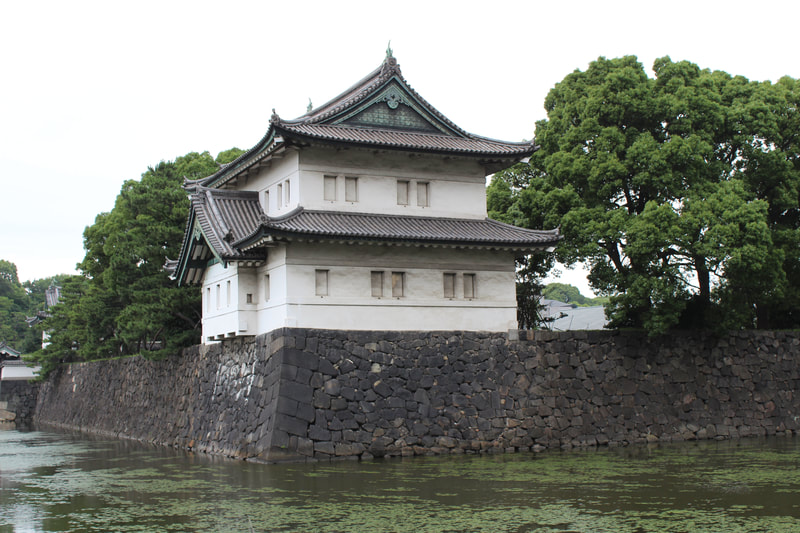
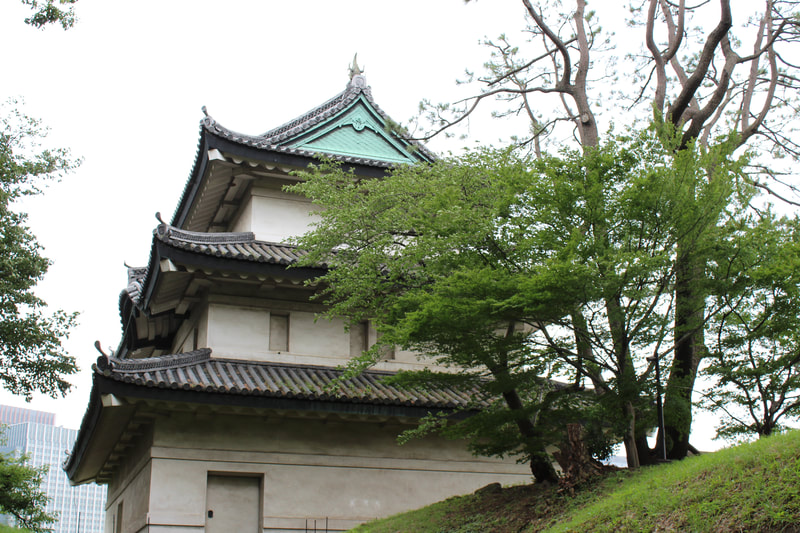
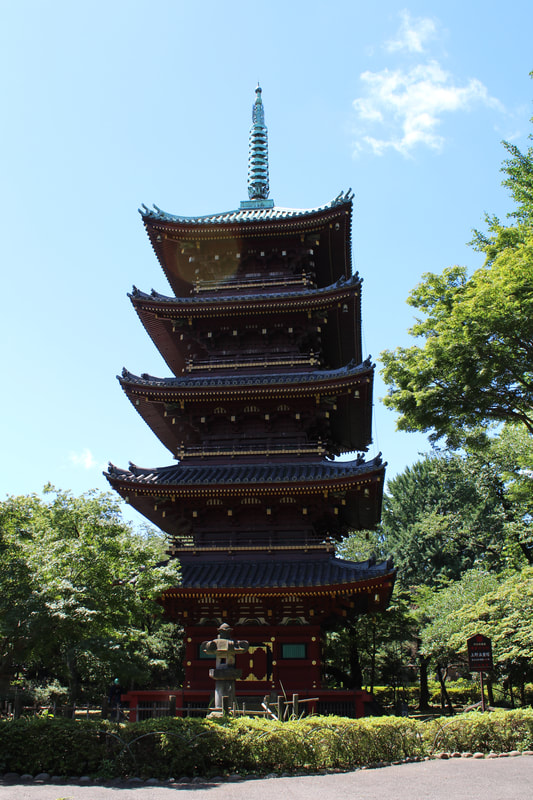

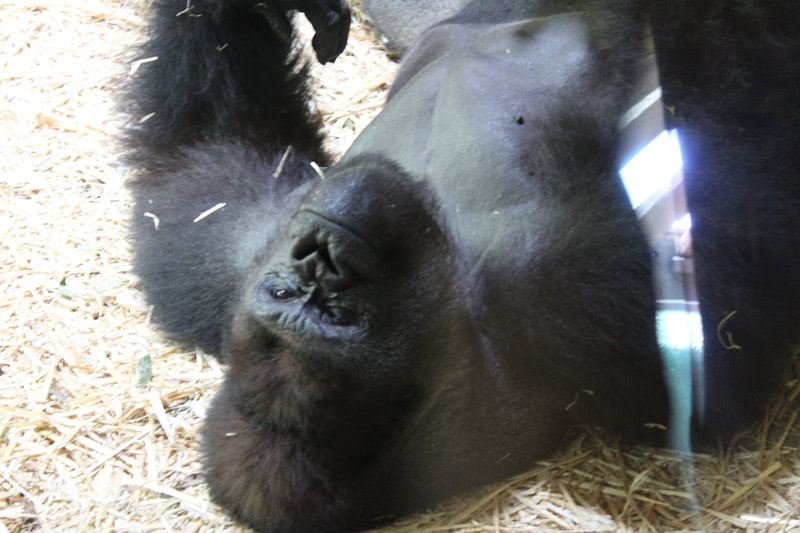


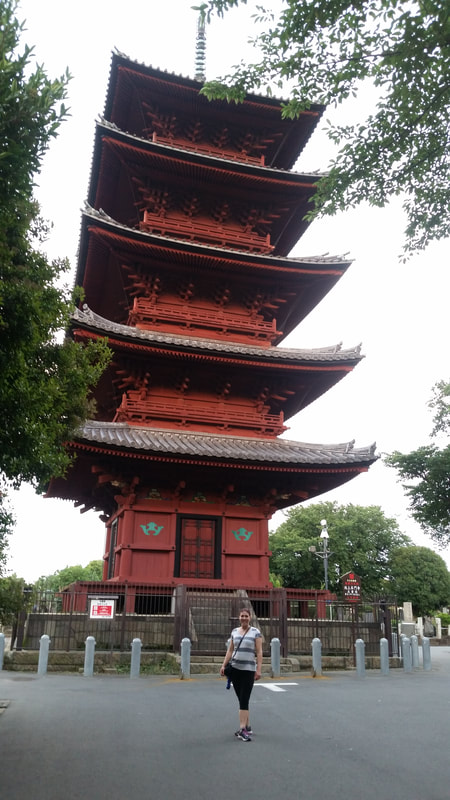
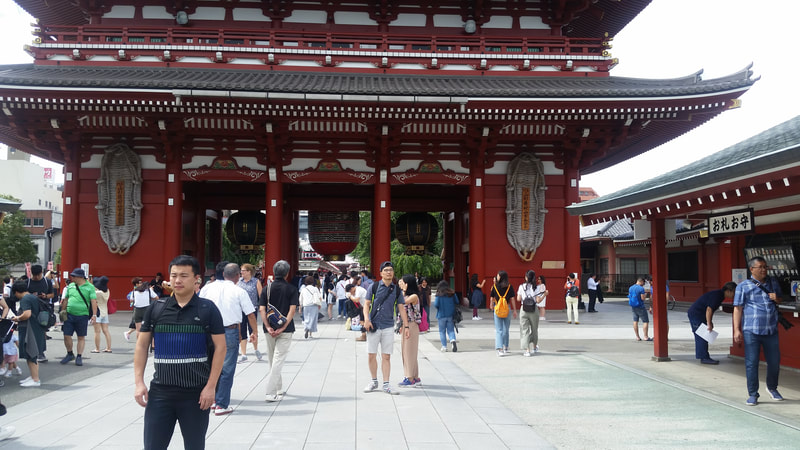
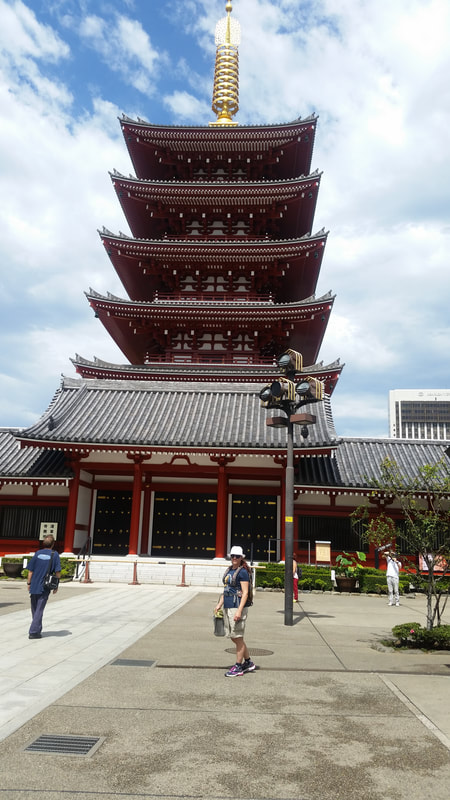
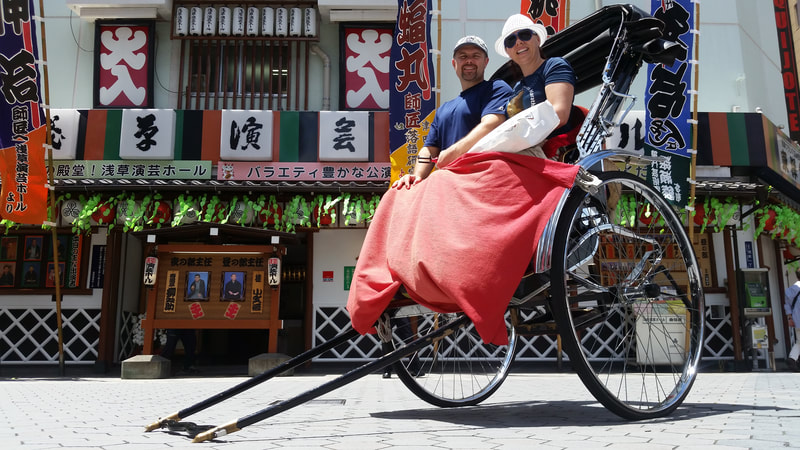
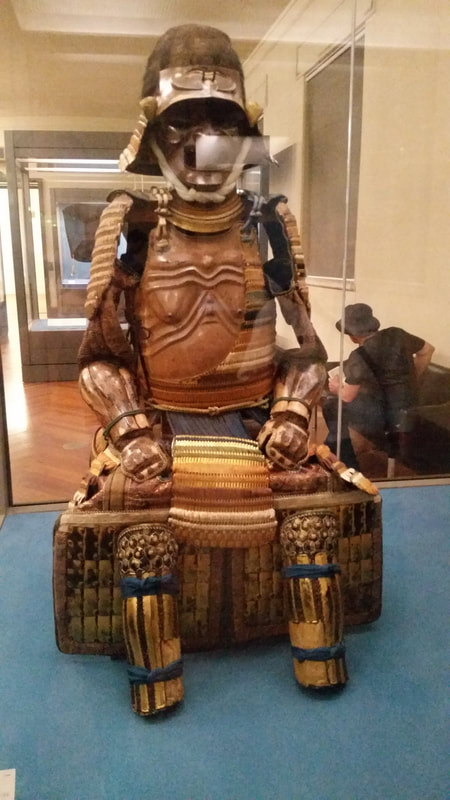
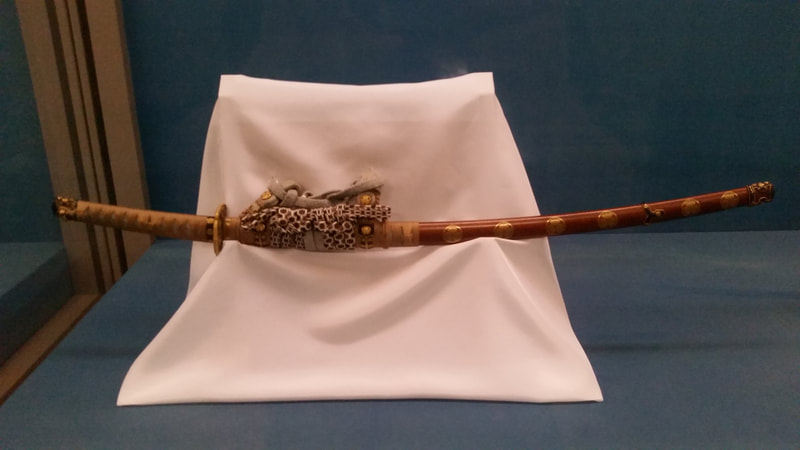


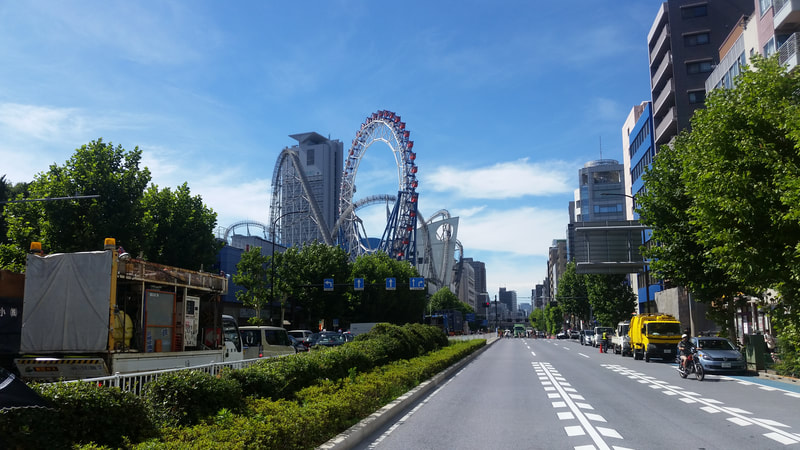
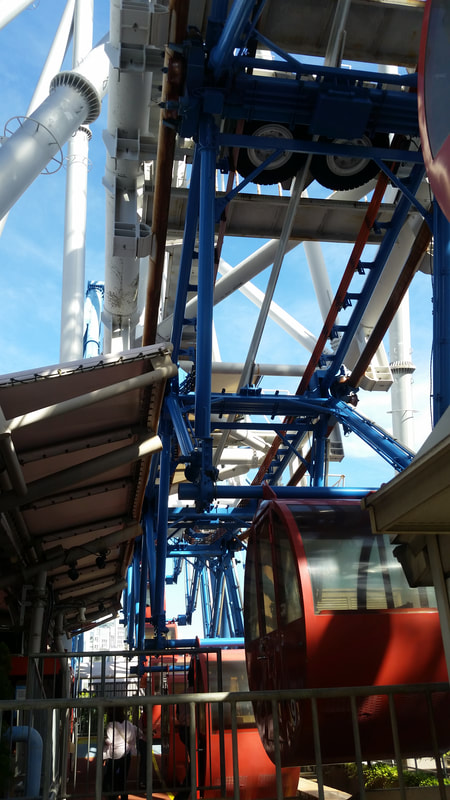
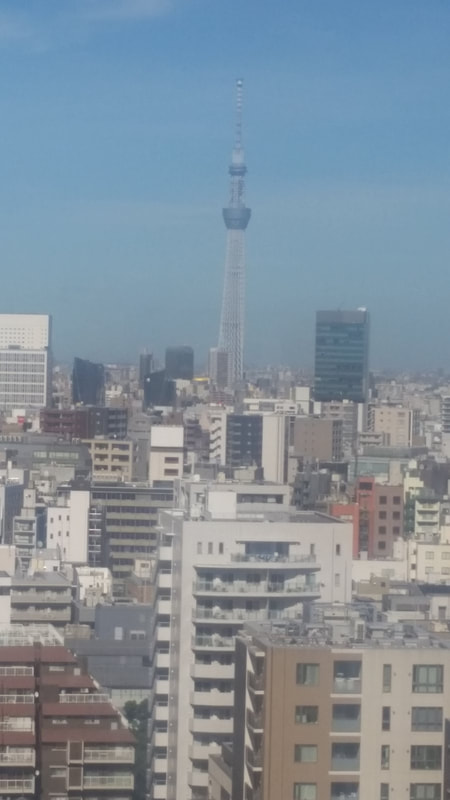
 RSS Feed
RSS Feed